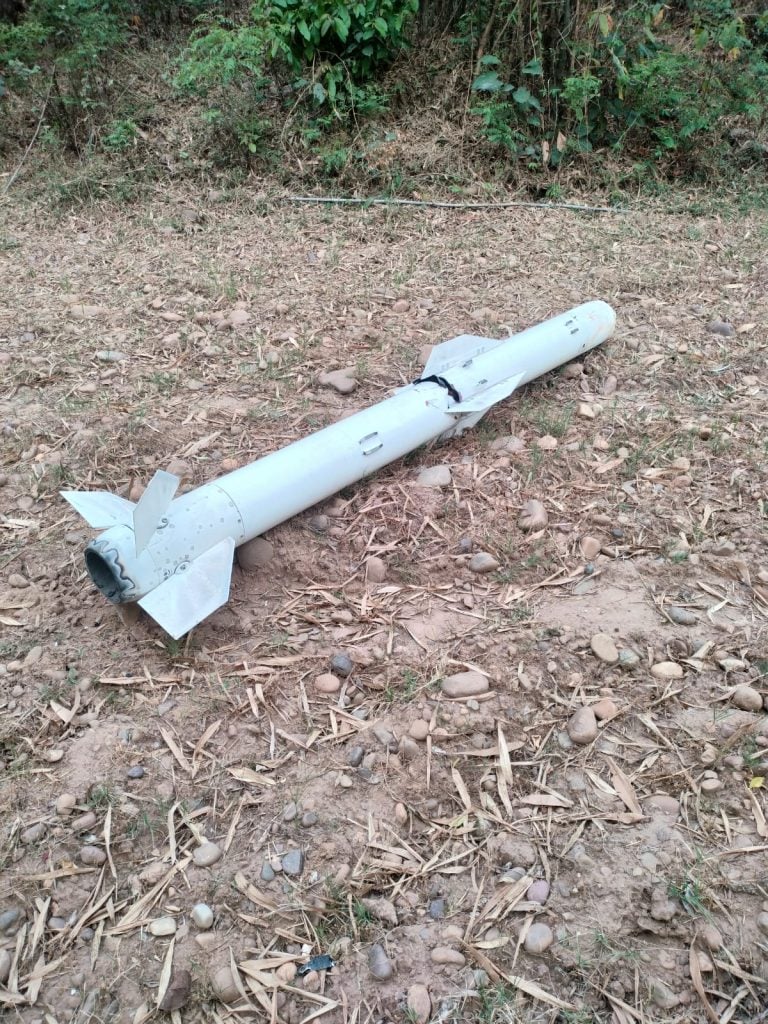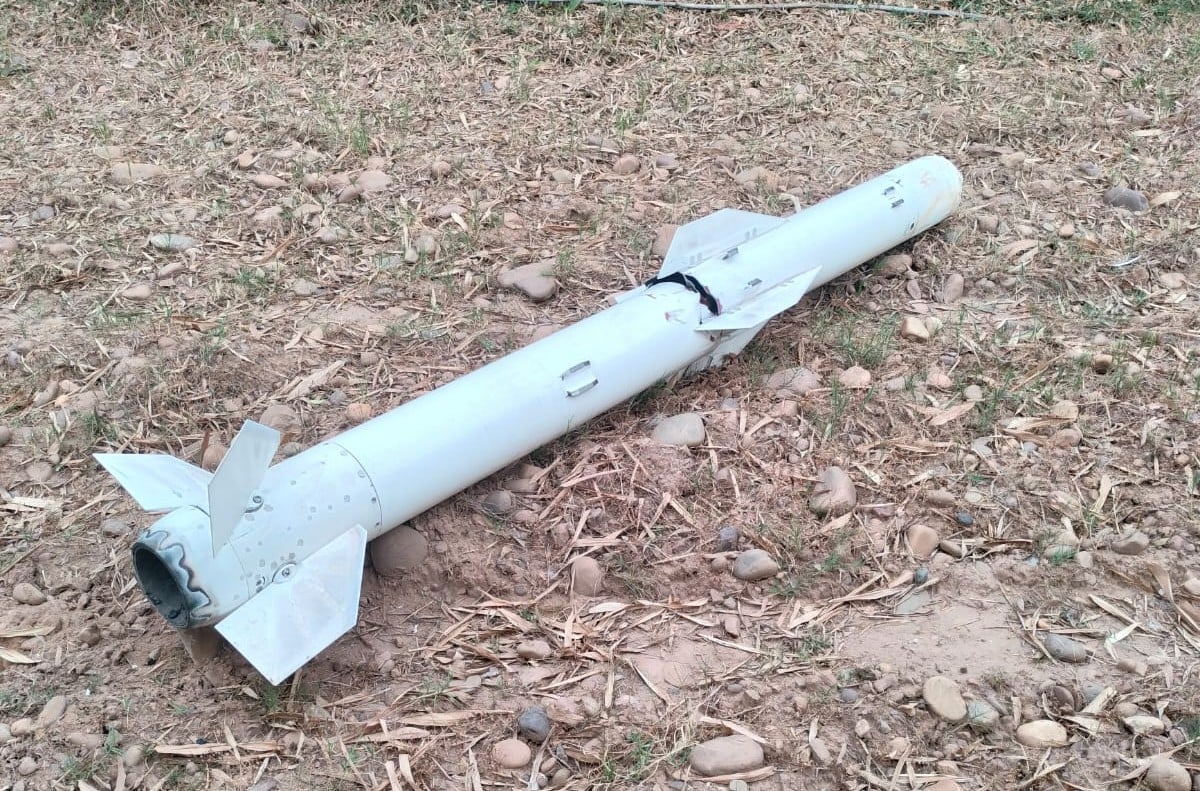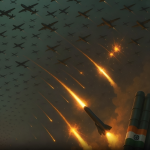In a significant development with strategic and technological ramifications, debris from a Chinese PL-15E air-to-air missile was discovered in a field near Hoshiarpur, Punjab, on May 7. Indian authorities confirmed that the fragments belonged to the advanced export variant of China’s PL-15 missile, believed to have been fired by Pakistan during recent aerial skirmishes. The find has raised serious concerns for China about the possible compromise of sensitive military technology.

The PL-15E, with a reported range of 145 km, is the export model of the longer-range PL-15 (estimated 200–300 km) used by the Chinese People’s Liberation Army Air Force (PLAAF). It features sophisticated technologies such as an active electronically scanned array (AESA) radar seeker and a mid-course datalink system. Indian defense officials believe the missile was launched by a JF-17 Block III jet—a fighter co-developed by China and Pakistan that has increasingly become the mainstay of Pakistan’s aerial fleet.
Notably, defense experts observed that the missile debris lacked signs of an auto-destruct mechanism, a standard feature in many modern air-to-air missiles meant to prevent recovery by adversaries. The absence of such a safeguard could allow Indian scientists to examine key components of the missile’s seeker head, datalink capabilities, and propulsion system. Analysts say the incident represents a rare intelligence windfall for Indian defense laboratories, including the DRDO, which is currently developing advanced missile systems like the Indigenous Technology Cruise Missile (ITCM).
Here is the video:
The discovery could also strain the long-standing defense relationship between China and Pakistan. Chinese officials may now be wary of exporting cutting-edge systems such as the J-35 stealth fighter to Pakistan due to the growing risk of technological exposure in active combat scenarios. Indian defense sources suggest that this revelation might delay or reduce the scope of future arms transfers from Beijing to Islamabad.
For India, the find is strategically significant. In addition to offering insight into Chinese missile engineering, it underscores the rising technological complexity of modern warfare in South Asia. The timing is particularly sensitive, following a series of escalatory military actions in April and May, including missile strikes under ‘Operation Sindoor’ and retaliatory Pakistani air operations across the Line of Control.
Global observers have expressed concern that the recovery of such advanced missile debris could intensify regional arms competition. While diplomats continue to call for restraint, the discovery in Hoshiarpur signals a new phase in the India-Pakistan-China triangle—one increasingly defined not just by troop movements, but by technological superiority and strategic deterrence.













